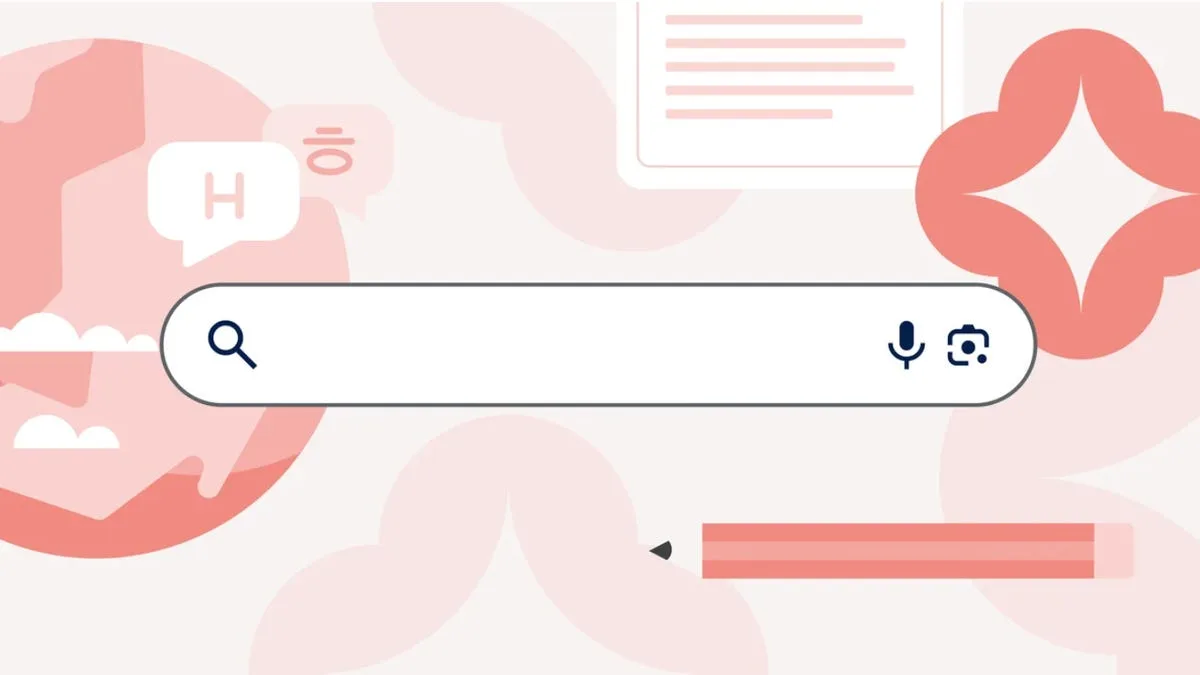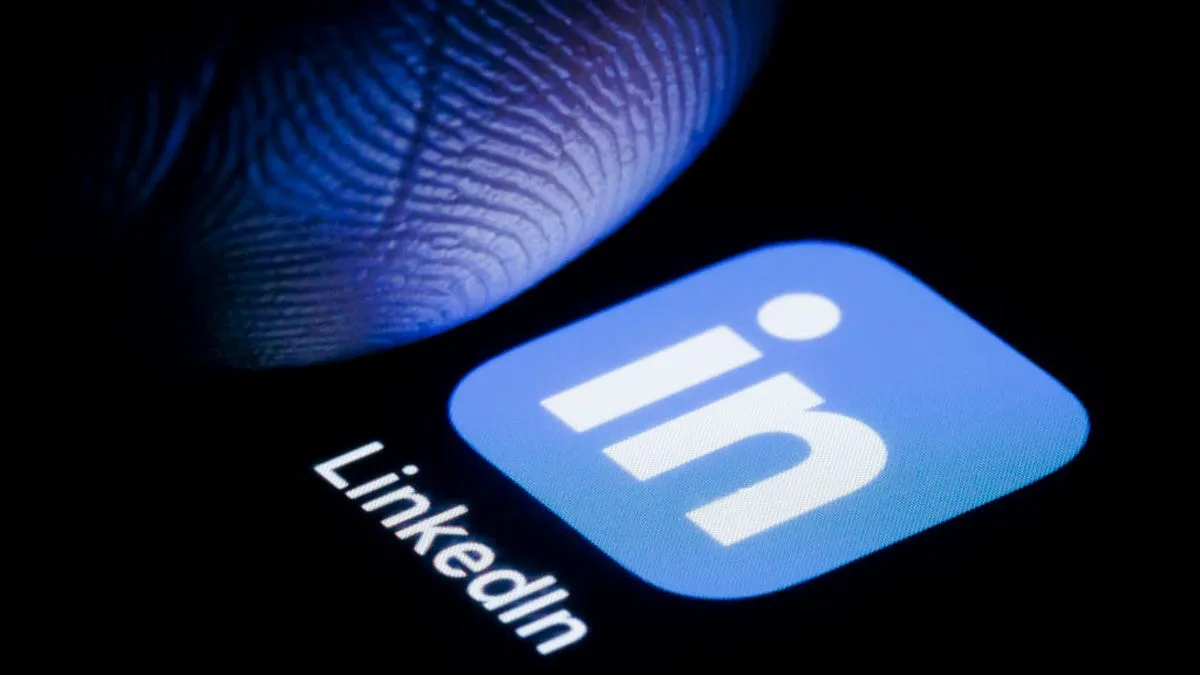HIMSS25: A Focus on Actionable Innovations in Healthcare Technology
As the healthcare industry gathers at HIMSS25, the emphasis for all attendees is on actionable innovations—technologies poised to eliminate friction and enhance collaboration. Dr. Colin Banas, Chief Medical Officer of DrFirst, emphasizes that these advancements are crucial for transforming healthcare delivery and outcomes.
Spotlight on Dr.First
DrFirst, a prominent vendor at Booth 1058, specializes in medication management technology that streamlines processes from prescription to adherence. The company boasts an impressive user base, with nearly 500,000 prescribers, 70,000 pharmacies, 270 electronic health records (EHR) systems, and over 2,000 hospitals across the U.S. These figures highlight DrFirst’s significant impact on medication management in contemporary healthcare.
Prioritizing AI and Automation
During the event, Dr. Banas strongly advises health IT leaders to prioritize AI and automation in ways that are both practical and measurable. "AI is already making waves in healthcare," he explains, "but the key for CIOs and IT leaders is to deploy AI where it effectively addresses real pain points."
The examples he provides are relevant and actionable: automating prior authorization workflows, integrating predictive analytics for medication adherence, and enhancing chat-driven clinical decision support. The ultimate aim is to reduce the administrative burden on clinicians while simultaneously improving patient outcomes.
Breaking Down Data Silos for Enhanced Collaboration
One of the major hurdles facing the healthcare industry today is fragmented data, which represents a barrier to effective collaboration among providers, pharmacies, and payers. Dr. Banas stresses the importance of interoperability—specifically, the need for integrations that allow for real-time data exchange across the healthcare ecosystem.
"When clinical data is accessible and actionable within workflow, it streamlines treatment decisions, reduces errors, and boosts patient engagement," he notes. As part of this process, CIOs should seek to empower patients with tailored information that enhances adherence to prescribed therapies, thus lowering readmission rates.
Improving Patient Engagement and Adherence
Dr. Banas highlights that many hospital readmissions are linked to patients improperly adhering to medication regimens. Innovative patient engagement programs, which provide personalized and relevant information, can significantly enhance medication adherence and connect patients with cost-saving resources.
"IT leaders should aim for patient engagement platforms that empower patients without adding to the busy workload of clinicians," he advises. The goal is to create a healthcare environment where patients are well-informed and engaged in their care.
The Transition from Hype to Practical AI Applications
According to Dr. Banas, AI’s role in healthcare is moving beyond mere discussion to tangible applications. "AI has dominated healthcare conversations for years, but at HIMSS25, we’re focusing on its practical applications—most notably in patient engagement, clinical decision support, and reducing time to therapy."
AI agents, as Banas mentions, are becoming indispensable in transforming the medication experience for patients. These virtual assistants provide real-time updates on copays, prior authorization statuses, and options for financial assistance. This approach alleviates long hold times and frustrating back-and-forth communications between providers, insurers, and pharmacies, ultimately giving patients more control over their healthcare journeys.
Enhancing Clinical Decision Support
On the provider side, AI-driven clinical decision support tools are becoming increasingly integrated into EHR and prescribing workflows. This integration allows clinicians to quickly access relevant clinical literature, substantially reducing cognitive overload and enhancing patient safety. By ensuring providers have the latest treatment insights available at the point of care, these tools aid in delivering timely and effective care.
Revolutionizing E-Prescriptions
Dr. Banas also touches on the disruptive innovations set to transform how e-prescriptions are managed. Traditional e-prescribing systems often treat prescriptions as mere financial transactions rather than clinical orders, which constrains innovation. A new, more collaborative approach to e-prescribing can enhance seamless connections among prescribers, pharmacists, payers, and patient support programs.
Customizable Workflows for Better Collaboration
This new methodology emphasizes customizable workflows that eliminate cumbersome manual processes and reduce delays in patient care, especially for specialty medications. By facilitating collaboration across all stakeholders involved in the prescribing process, this approach aims to improve the overall patient experience.
Shaping the Future of Healthcare Technology
As HIMSS25 unfolds, the critical messages from Dr. Colin Banas serve as guiding principles for healthcare leaders. The transition towards actionable innovations, powered by AI and automation, has the potential to significantly reshape the landscape of healthcare technology.
Healthcare IT leaders must recognize the importance of interoperability in enabling effective collaboration and patient engagement. Moreover, the evolving capabilities of AI are set to redefine clinical decision-making and patient experiences.
Conclusion: A Call to Action for Healthcare Leaders
As healthcare technology continues to advance, it is imperative for leaders to be proactive in adopting and implementing these innovations. At HIMSS25 and beyond, the opportunity lies in embracing technologies that foster collaboration, enhance patient engagement, and ultimately, lead to improved healthcare outcomes. By doing so, healthcare organizations can navigate the complexities of modern medicine while delivering superior care to their patients.











